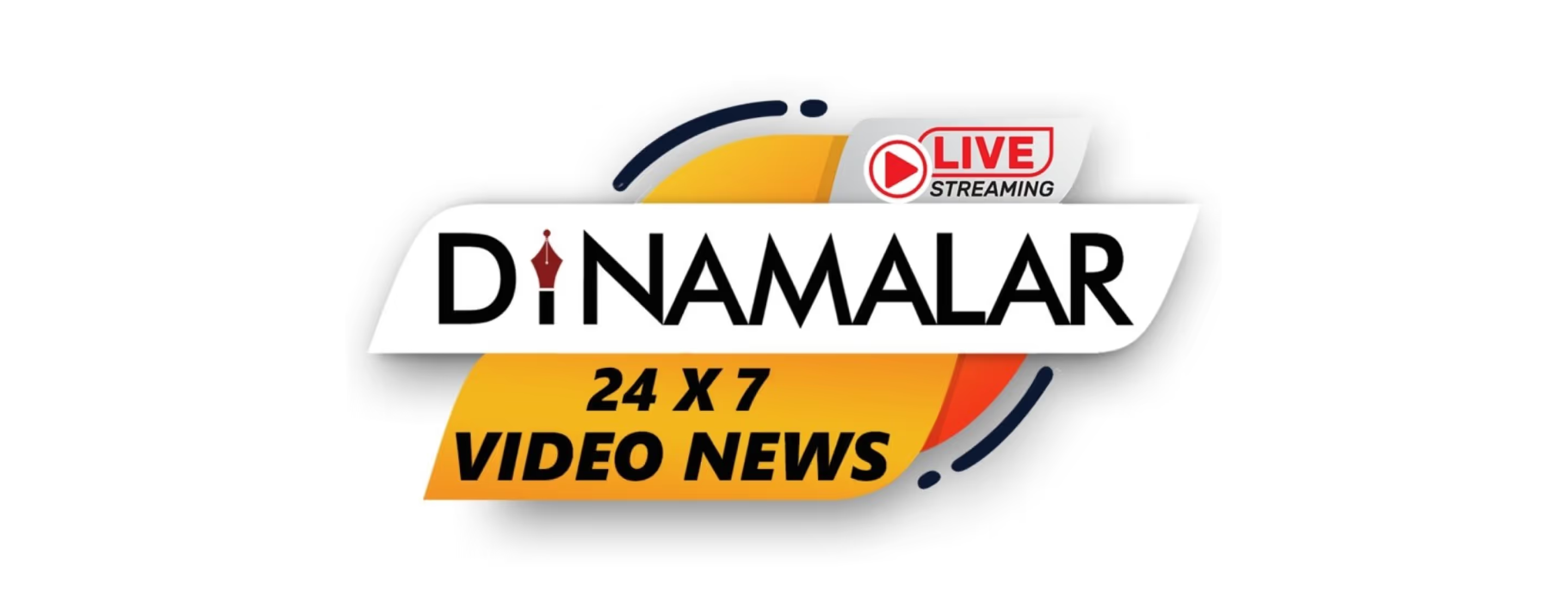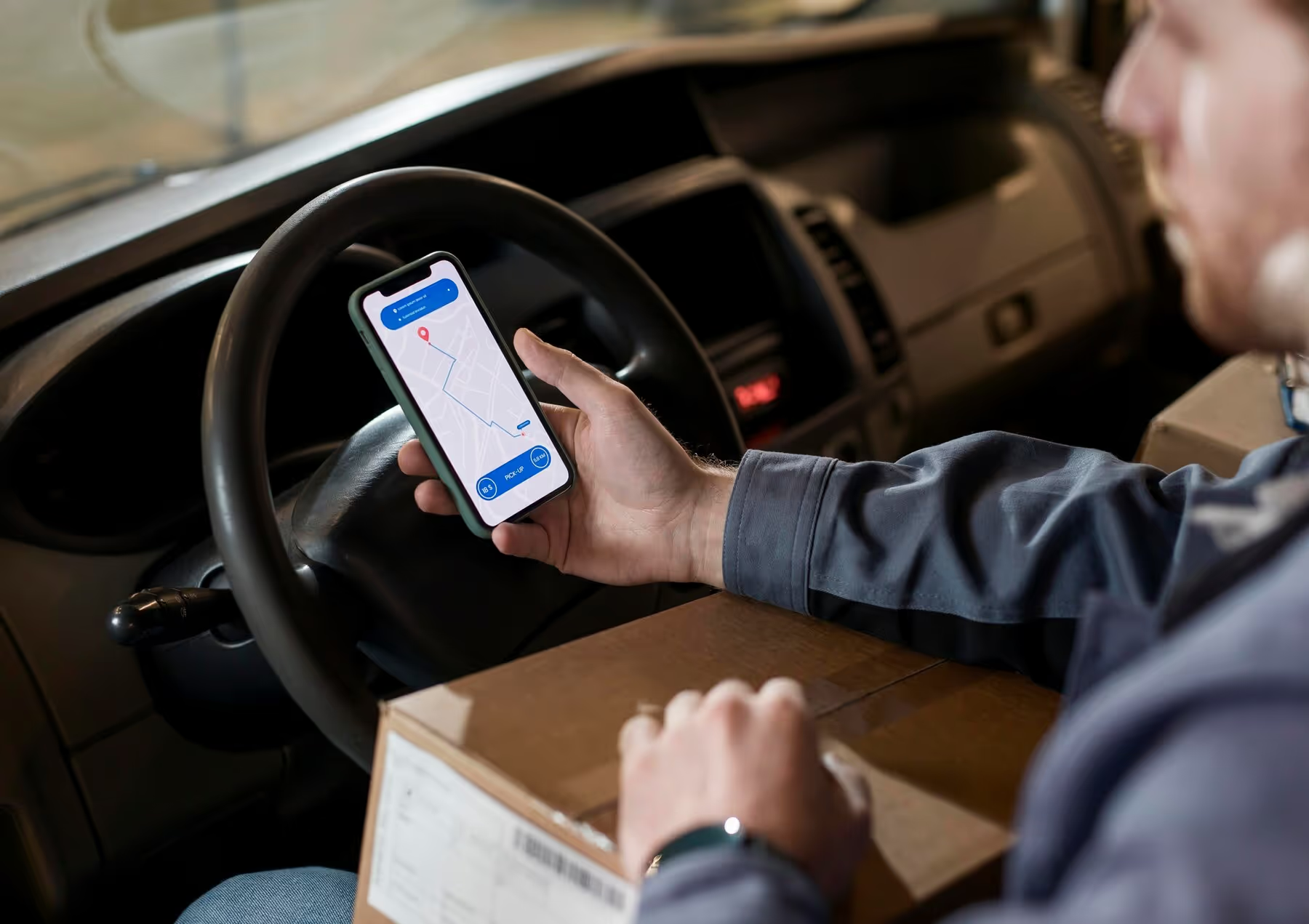Real Solutions. Real Impact
See how our tailored strategies and AI-driven frameworks have transformed businesses and delivered exceptional results
Our Projects
Case Studies
Thank you! Your submission has been received!
Oops! Something went wrong while submitting the form.
Let's Stay Connected
Accelerate Your Vision
Partner with Hakuna Matata Tech to accelerate your software development journey, driving innovation, scalability, and results—all at record speed.


.avif)

.avif)
.avif)

.avif)


.avif)


%20(1).avif)
.avif)

.avif)
.avif)

.avif)
.avif)

.avif)


.avif)
.avif)


.avif)

.avif)

.avif)
.avif)
.avif)